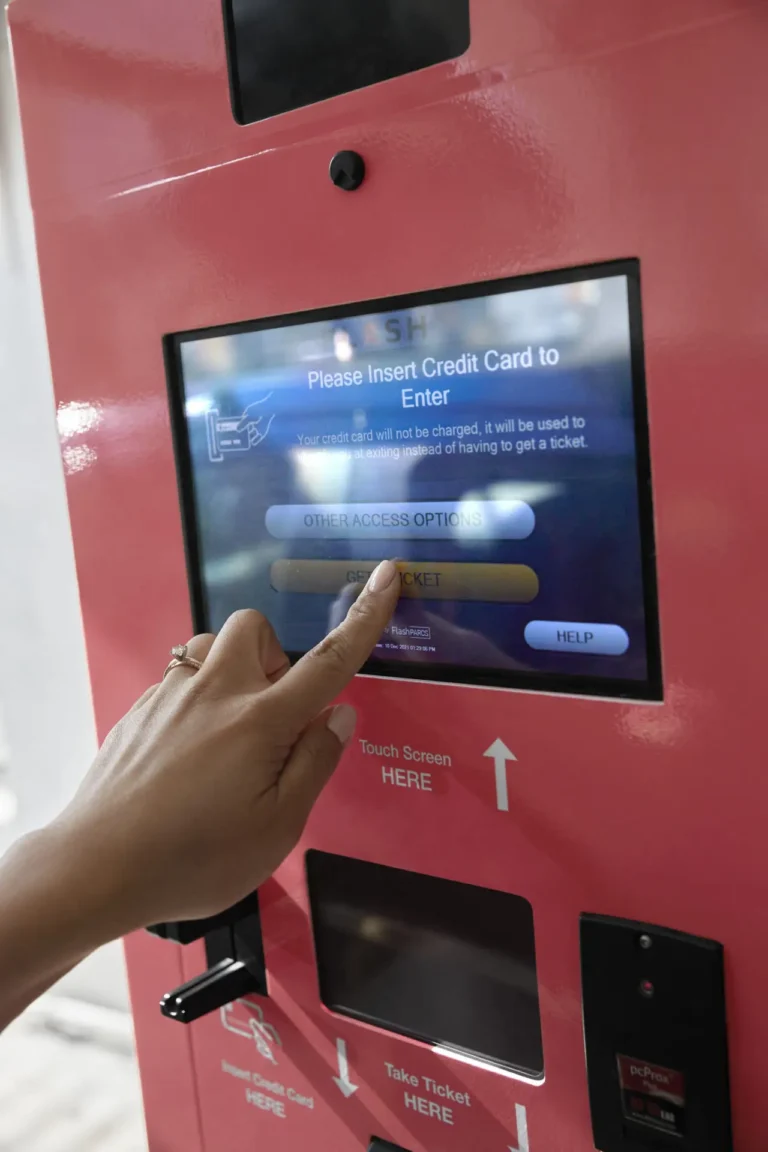Within the Parking Industry: What is an automated parking system?
Automated parking systems are solutions that use modern technology to make the process of locating available parking, entering a garage or lot, finding a spot, parking, paying, and exiting automatic. Implementing automated parking systems can streamline parking operations, reduce labor costs, create efficiencies, increase occupancy, and maximize revenue.
Implementing an automated parking system can simplify parking asset management while also growing the potential for profits by delivering the kind of technology-forward experience today’s parkers expect.
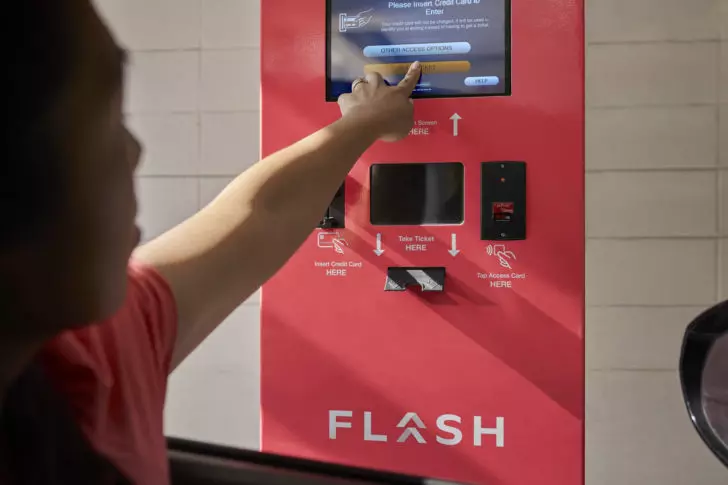
How do automatic parking systems work?
In an automated parking system, every step of the parking experience becomes automated and digitally enhanced. The operation no longer relies on attendants to keep track of cars entering and exiting, monitor available spaces, track occupancy, and be present to collect cash or process credit cards.
With automatic parking systems, the parking experience is a connected, mobile-based interaction that consumers have come to expect. Automatic parking systems enable consumers to…
- Book parking spaces via parking reservation apps or websites
- Pay on a mobile phone in advance or on site
- Enter with a digital or paper ticket
- Gain access with Bluetooth and LPR
- Easily navigate to open parking spaces
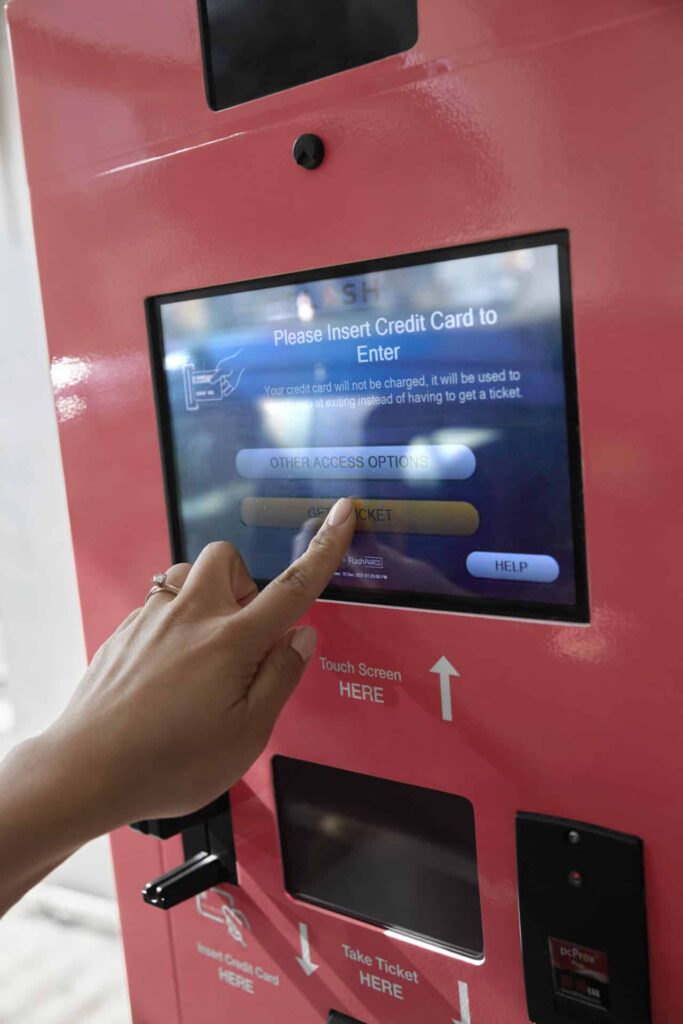
What are the different types and real-life applications of automated parking systems?
Automatic parking is a smart technology with diverse real-world applications. From creating efficiencies in everyday operations to reducing labor costs to maximizing occupancy and revenue, the benefits of automated parking are robust.
The flexibility of automated parking systems also enables parking asset owners to find the unique combination of products and services they need to meet their unique needs. EV charging, predictive AI security measures, and special event modules are just a few examples of the kinds of unique add-ons that parking assets with unique needs can take advantage of with an automatic parking system.
Stack Parking
Stack parking is a style of a automated parking system that maximizes occupancy and space efficiency by stacking cars on top of each other. Stack parking uses mechanical platform devices to raise and lower cars so that they can be stacked vertically, maximizing space utilization.
Used in both short- and long-term parking scenarios, stack parking is a fast and efficient way of putting away and retrieving vehicles.
Parking System Designs
Automated parking system design goes far beyond the physical mechanisms in place to maximize space. Automated parking systems also include the technological infrastructure that make it possible for parkers to enter without interacting with an attendant. Today’s more advanced automatic parking systems utilize features like booking in advance, digital QR code tickets, and mobile payments to further automate and streamline the parking experience.
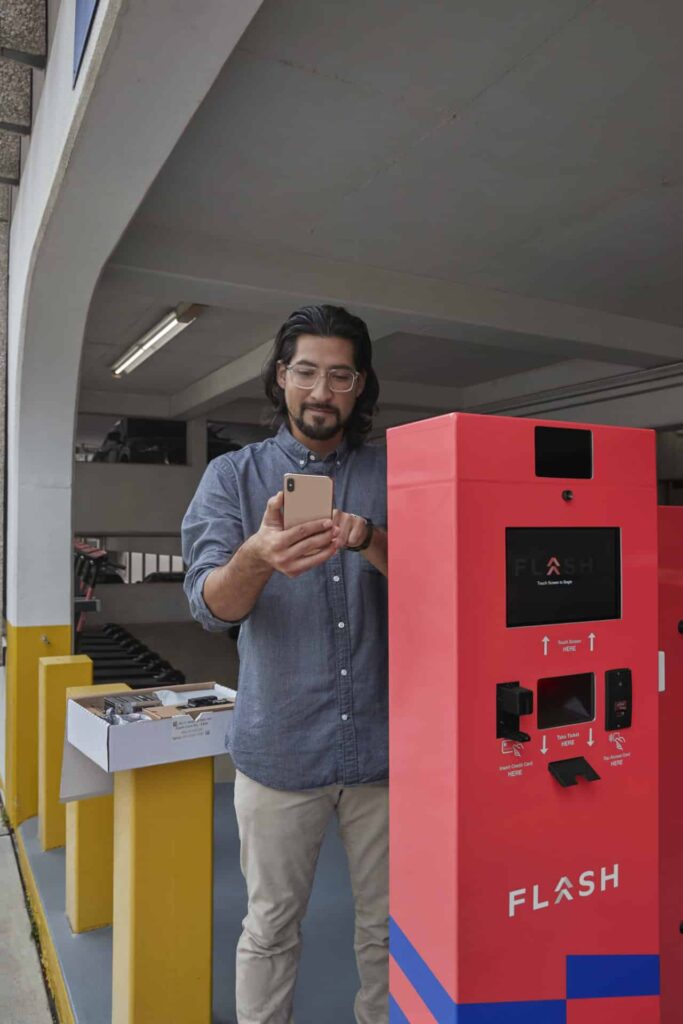
What are the benefits of having an automated parking system?
Investing in an automated parking system is one of the smartest decisions any business owner can make in today’s world. The many benefits of automated parking systems including…
- Reduced labor costs with smart machinery to maintain the quality of customer service without 24/7 attendants or periods of time where a lot is unattended.
- More impactful labor contributions when attendants can move from collecting tickets and cash to more meaningful customer-facing or managerial roles
- Increased operational cost efficiency as cars are able to enter and exit faster by interacting with automated kiosks and other automated hardware and software during their parking process.
- Improved user experience that saves time and money by being a consistently, fast, efficient, and streamlined experience that can be planned in advance
- Reduced revenue leakage due to more accurate record keeping and fewer opportunities for revenue intervention
- Improved revenue collection with better tracking and understanding of peak and off-peak hours
- Dynamic pricing capabilities enable parking assets to raise and lower prices with fluctuating demand for special events, off-hours, etc.
What are the disadvantages of having an automated parking system?
Automated parking systems generally require a greater upfront investment than hiring on-site attendants to manage parking with paper tickets and cash. However, the benefits of automated parking make it a worthwhile investment with fantastic ROI.
How much does an automated parking system cost?
The cost of automated parking systems varies depending on the scale of the operation, scope of needs, and the provider.
With software-forward solutions, Software-as-a-Service (SaaS) and Hardware-as-a-Service (HaaS) have become popular purchasing options that minimize upfront costs while delivering all the same benefits as traditional purchasing models.

How secure is an automated parking system?
Automated parking systems are much more secure than traditional record keeping and payment collection systems. Because all information is stored securely in the cloud and encrypted at the head of the transaction, there is minimal risk of privileged customer information being breached.
In cash or manual credit card transactions, parking asset owners assume much more risk. In an automated parking system, 99.9% of security protocol is managed by the technology provider, the main task that falls in the responsibility of the asset owner or operator is routinely checking credit card readers for skimmers.When shopping for an automated parking system, PCI compliance is a key consideration in determining safety and security. Learn more about PCI compliance and how FLASH keeps you safe with its Level 1 PCI DSS certification.
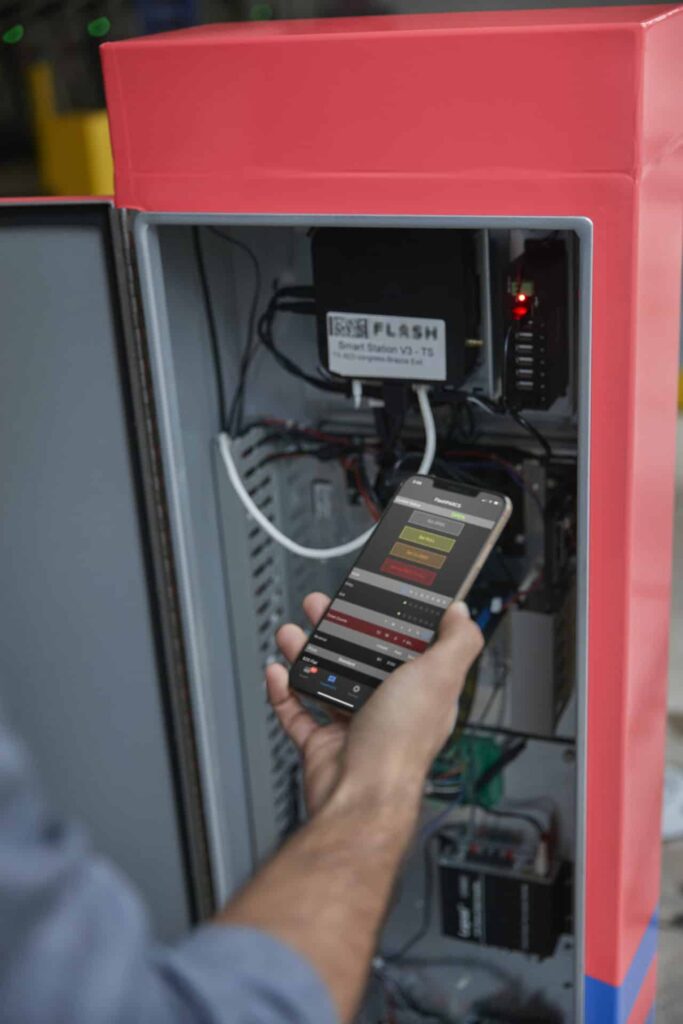
What are the maintenance tasks needed to keep the automated parking systems going?
Automated parking systems can be very simple to maintain. Usually, simplistic equipment that relies on cloud-based hardware is the safest choice and easiest-to-maintain option.
Routine maintenance on an automated parking system will be things like replacing paper rolls, cleaning off QR code readers, and replacing any broken compartments
What type of technology do automated parking systems use?
The cloud is a critical piece of technology for automated parking systems to be a part of the smart Internet of Things (IoT) that are considered essential digital infrastructure for any smart parking operation, smart building, and smart city.
With cloud-based technology, each location’s software can be configured and updated over-the-air, reducing the amount of time it takes to go live with a solution or update with new functions and enabling much simpler, less-frequent maintenance.
Real-time data and analytics are critical to running any business in the modern world. Operating in the cloud enables the kind of live visibility into occupancy, revenue, maintenance needs, and equipment operations.
Automated parking systems commonly rely on two main technologies to streamline ingress, egress, and payment: RFID technology and sensors.
RFID Technology
RFID technology is commonly used for long-term parkers to enter garages and lots seamlessly within seconds. As these monthly or contract parkers arrive at a location, their RFID tag – either embedded in a hang tag that’s placed on a rearview mirror or in a sticker that’s placed on a windshield.
Sensors
Sensors have many roles in automated parking systems. First, they can be used to scan digital QR-code tickets at entry and exit. Consumers that book parking in advance or want to access their monthly parking garage via a mobile phone can scan into a garage seamlessly using a code that vends the gate in seconds.
Sensors can also be placed in individual parking spaces and used to display available parking spots via overhead lights or digital signs.
Today, sensors are also increasingly being used to collect valuable data about entry and exit patterns and peak occupancy hours and even to maintain security.

